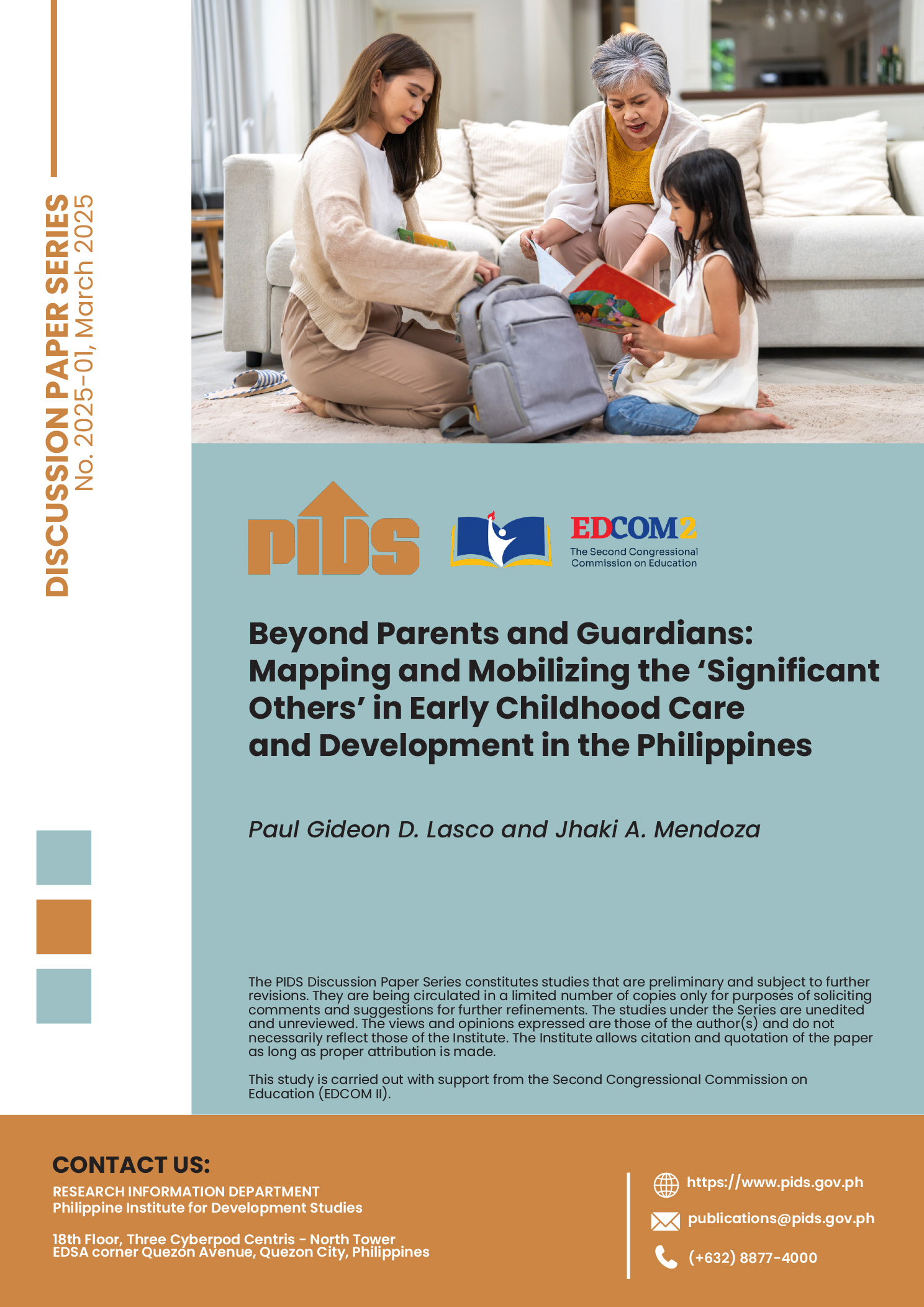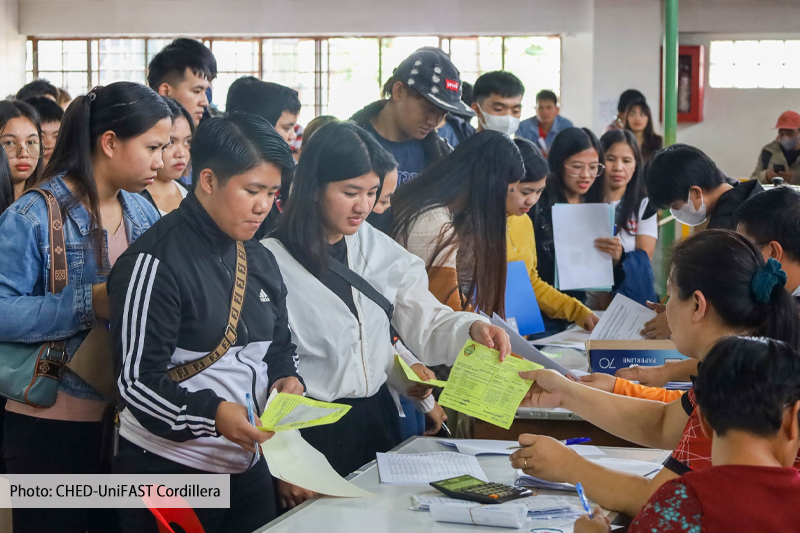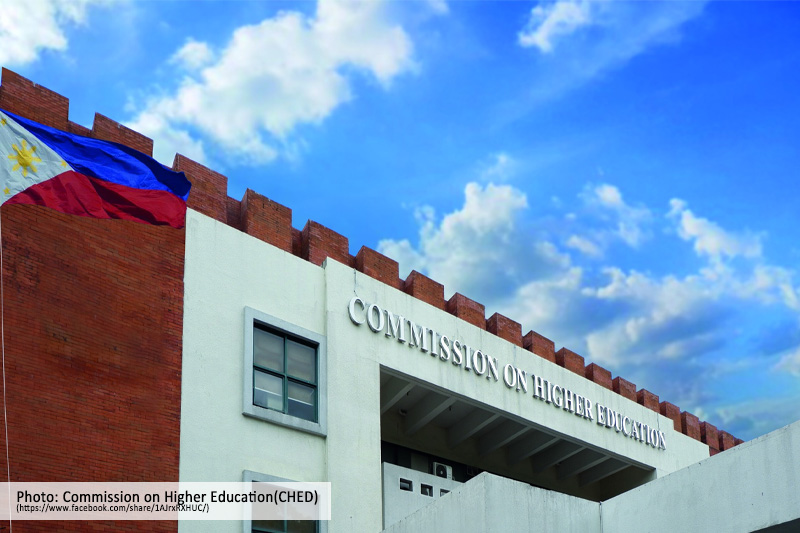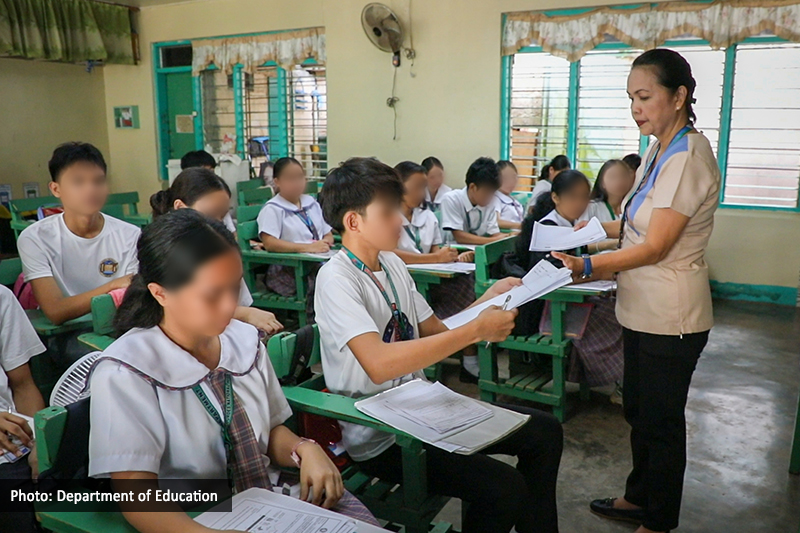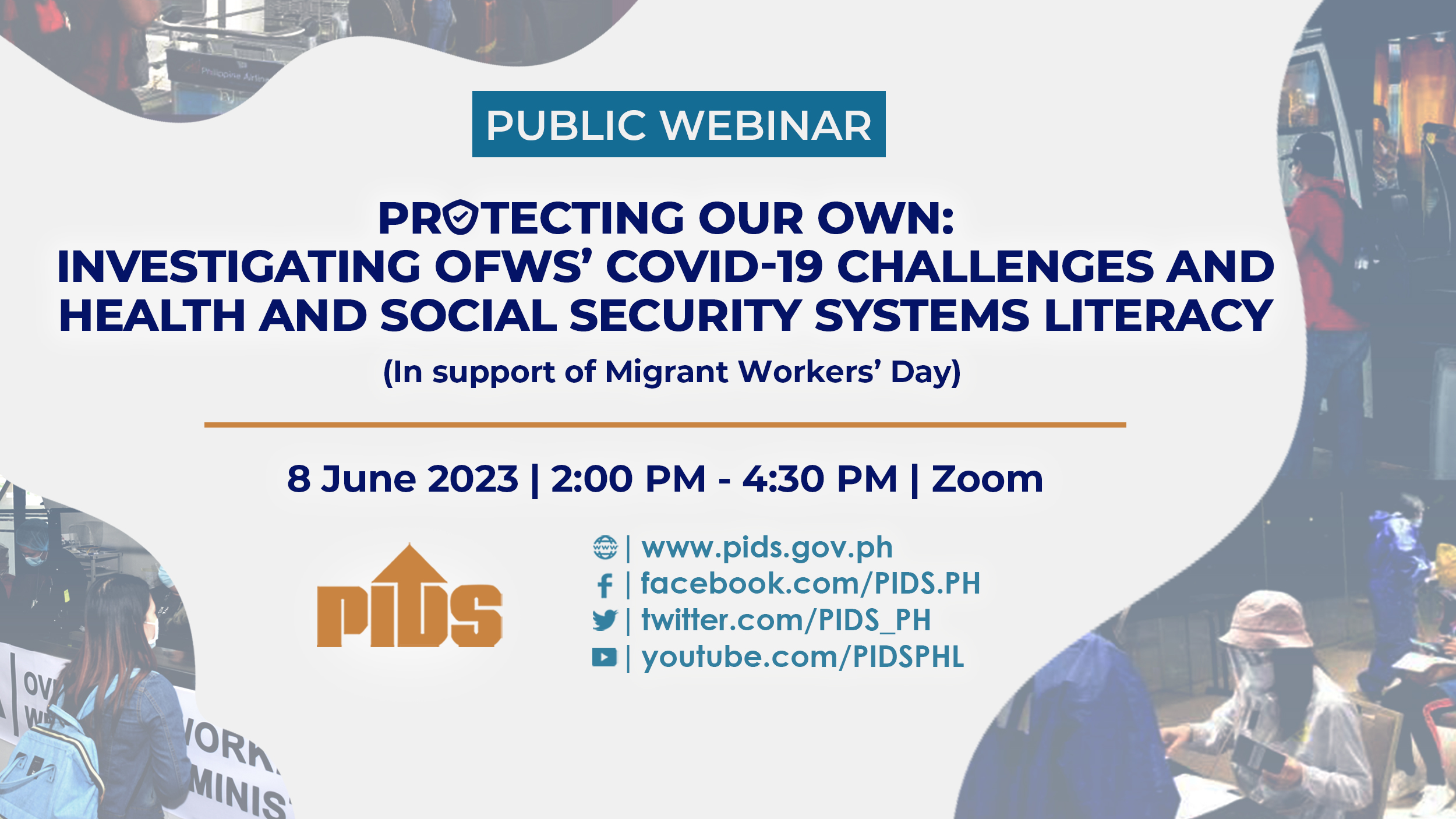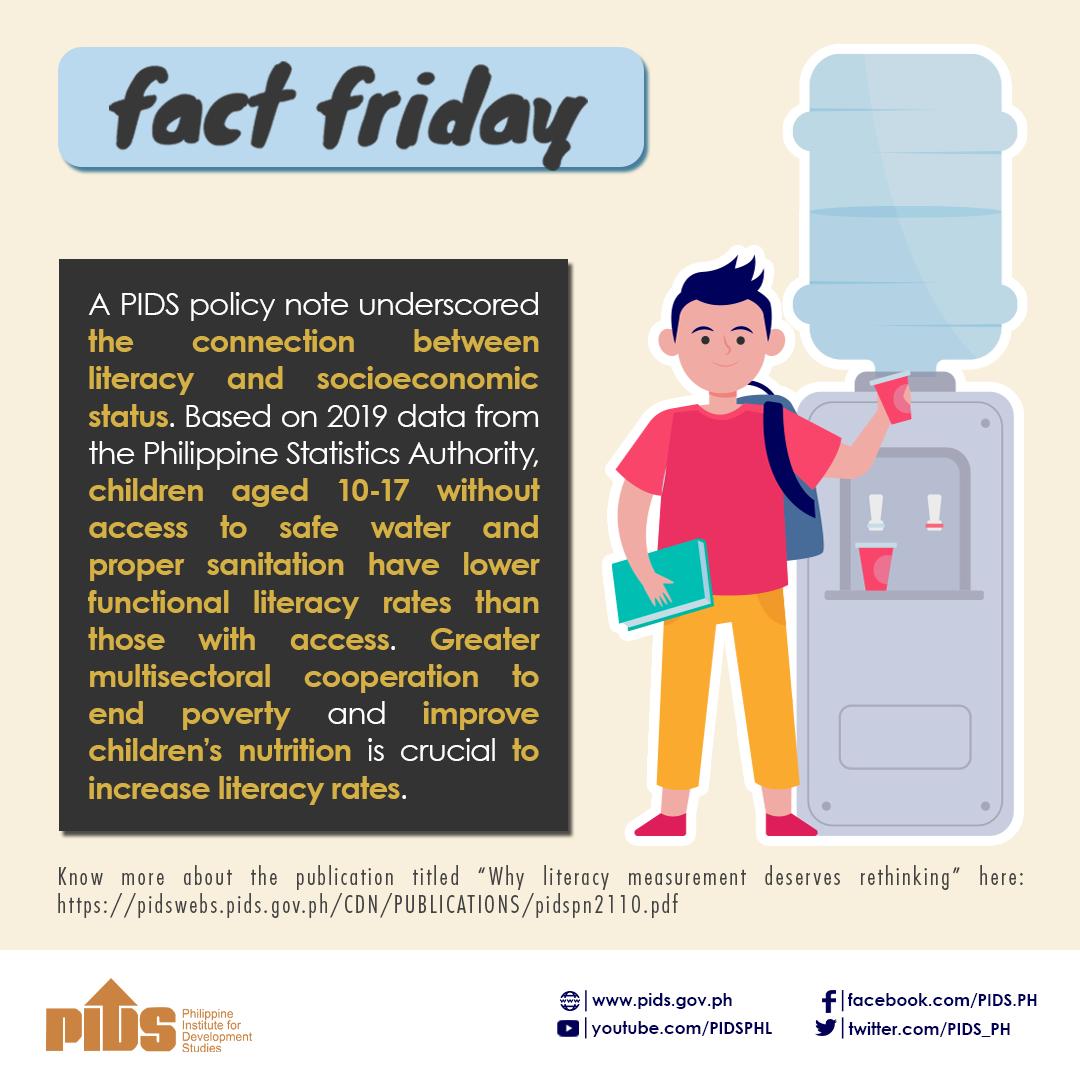MANILA, Philippines—Amid the “staggering” number of cases of breast cancer across the world, experts and studies underscored the alarmingly low screening rates in many Asian countries such as the Philippines.
Earlier this year, a cancer expert stressed the continued prevalence of breast cancer cases in the Philippines and elsewhere in the world.
“When you think about it, COVID has almost come and gone, and yet there is a very very prevalent pandemic—and that’s breast cancer,” said Dr. Norman San Agustin, founder and CEO of Asian Breast Center.
“When you look at the statistics, even during the time of COVID, the numbers are staggering. And the worst of all, in two to three years COVID is almost gone but breast cancer continues to rise and will continue to do so unless we do something about it,” he added.
Data from the World Health Organization (WHO) showed that there were 2.3 million women diagnosed with breast cancer and 685,000 deaths globally in 2020. At the end of that same year, there were 7.8 million women alive who had been diagnosed with breast cancer in the past five years—making it the world’s most prevalent cancer type.
Breast cancer is the most commonly diagnosed cancer among Asian women. In Southeast Asia, the countries with the highest number of new breast cancer cases in 2020 were Indonesia, the Philippines, Thailand, and Vietnam.
Aside from the high prevalence of cancer cases in Asia, the region also faces an alarming rate of late-stage breast cancers or delayed diagnosis, which has been attributed to low screening rates.
Several studies have found that despite the presence of highly-subsidized, nationwide mammography screening programs in several high-income countries such as Korea, Japan, Taiwan, and Singapore, the uptake of screening remains low.
Delayed diagnosis
According to WHO, early diagnosis improves breast cancer outcomes by providing care at the earliest possible stage.
A 2021 study published online at the U.S. National Library of Medicine stressed that nearly all breast cancer patients survived for more than five years after diagnosis due to the early detection of tumors.
The study added that tests such as regular clinical breast examinations, mammograms, and monthly self-exams of the breasts all contribute to early detection.
In Asia, where breast cancer remains a significant public health problem, the disease strikes women earlier than women in Western countries. The risk of getting breast cancer among Asian women peaks between the ages of 40 and 50, while in Western countries, it is between 60 and 70 years.
This difference in the peak age in Asian and Western countries can also be observed in breast cancer screening recommendations.
The US Centers for Disease Control and Prevention (CDC) and the United States Preventive Services Task Force (USPSTF) recommend that women 50 to 74 years old and at average risk for breast cancer should get a mammogram every two years.
The US CDC and USPSTF added that women aged 40 to 49 should consult their doctor or healthcare provider about when to start and how often to get a mammogram.
In Asian countries like the Philippines, women aged 40 and above are encouraged to undergo breast cancer screening. Women younger than 40 are also recommended to undergo screening tests if there is an increased risk of getting breast cancer.
Despite such recommendations, late-stage breast cancers were found to be common in many Asian countries. For low-income countries, those cases have been attributed to the lack of resources for breast cancer screening.
Meanwhile, underutilizing the available preventive health care services causes high-income nations in Asia to not fully benefit from national breast screening programs.
Lack of knowledge, low-health literacy
A health system review conducted by the Asia Pacific Observatory on Health Systems and Policies (APO) and published by the World Health Organization (WHO) noted that among the multiple barriers causing low cancer screening was low health literacy.
A separate study published last year attributed low breast and cervical cancer screening among Filipino women to low health literacy and gender sociocultural pressures.
In the Philippines, where breast cancer remains the leading type of cancer and is the most common cancer among women of all ages, experts emphasized the low health-seeking habits among Filipinos.
“We always emphasize that a reason why cases of breast cancer with late diagnosis continue to increase is that [patients] would rather wait until they are bedridden before they seek treatment,” said Kasuso Phil. Foundation for Breast Care Inc. volunteer Aileen Antolin.
“It is very important that we raise the level of awareness of people when it comes to early detection, especially since there is a stigma attached to [breast cancer],” she added.
A study by Valerie Ulep, a senior research fellow at the Philippine Institute for Development Studies (PIDS), released last month revealed that many Filipino women still do not have access to preventive screening for breast cancer.
“Breast and cervical cancer screening are extremely low in the Philippines compared to upper-middle and high-income countries,” Ulep explained.
“A big portion [of the] country’s cancer burden is preventable. However, it boils down to comprehensive preventative and curative interventions for the population,” he added.
Misconceptions
In many Asian countries, women are still not aware of the importance of regular breast cancer screening. Various study findings detailed that women in the region tend to directly connect cancer to death. This causes women to avoid screening due to anxiety, worry, and fear.
A qualitative study in Korea found that women “did not perceive the need for BCST if did not have any symptoms, because they thought their risk of breast cancer was low, or because they did not have any family history of breast cancer.”
“‘No need for a breast exam’ meant that the women would not go for a breast exam until they had recognizable symptoms of breast cancer,” the study stated.
“What they did not realize was that by the time they find recognizable symptoms, their disease would no longer be at an early stage when treatment may be more effective,” the researchers explained.
Asian culture as a barrier
Asian women’s cultural attitudes toward breast cancer screening tests have likewise been found to have an impact on the screening rates in the region.
A 2020 paper by Zohre Momenimovahed et al. reviewed 71 papers and found that among the barriers to mammography screening in Asia were socio-cultural factors such as religion and lack of support from loved ones.

